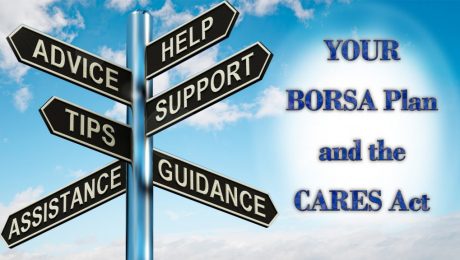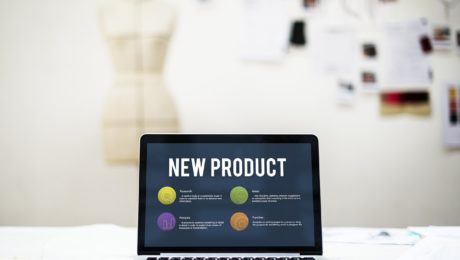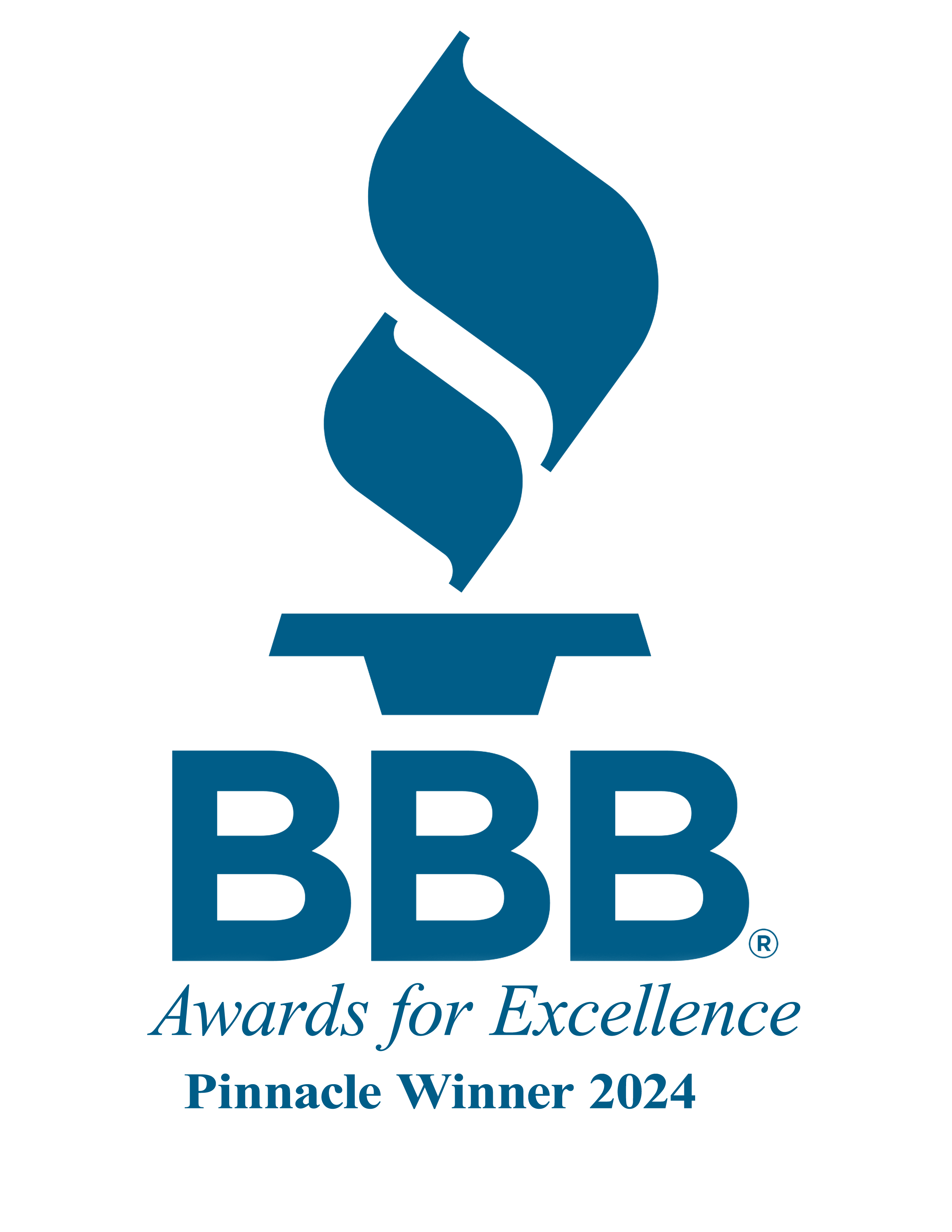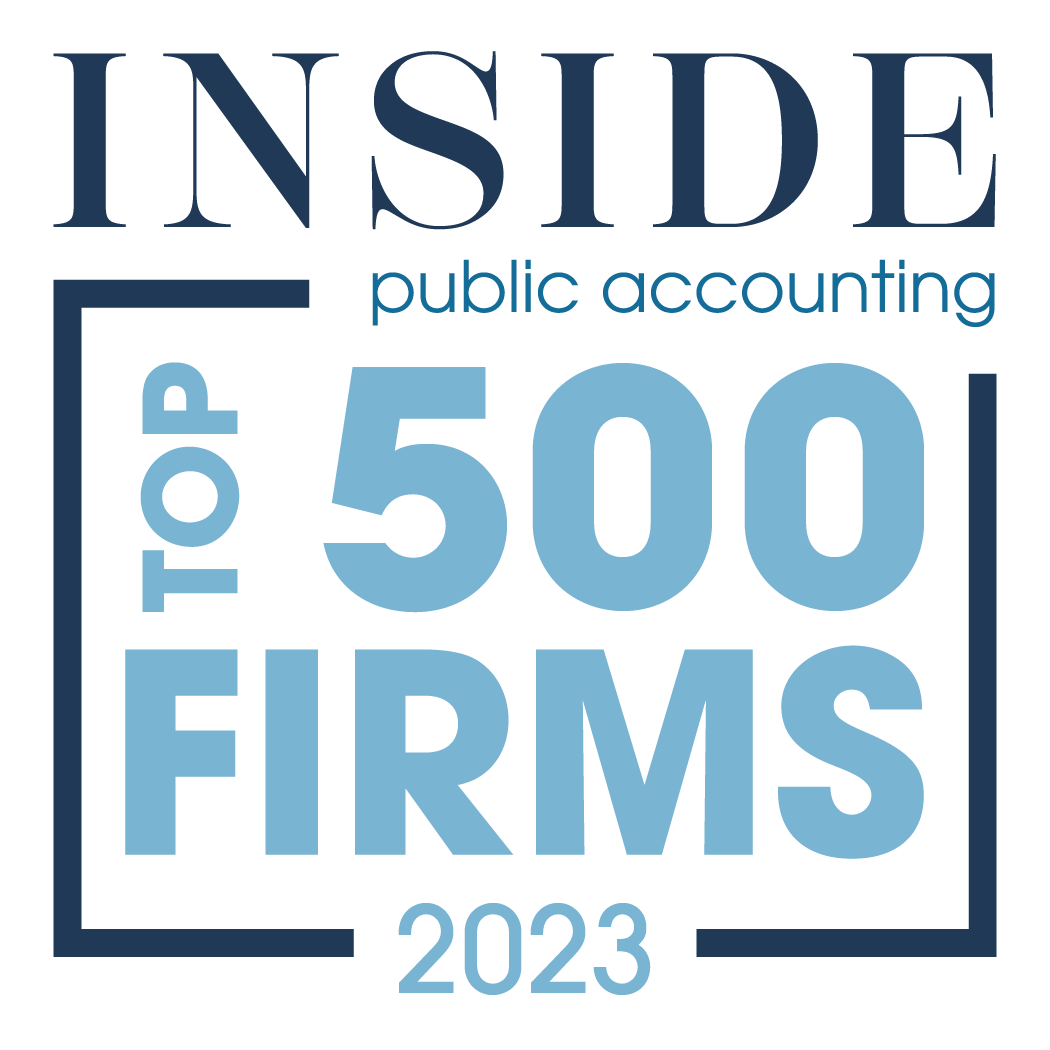Your BORSA Plan and the CARES Act
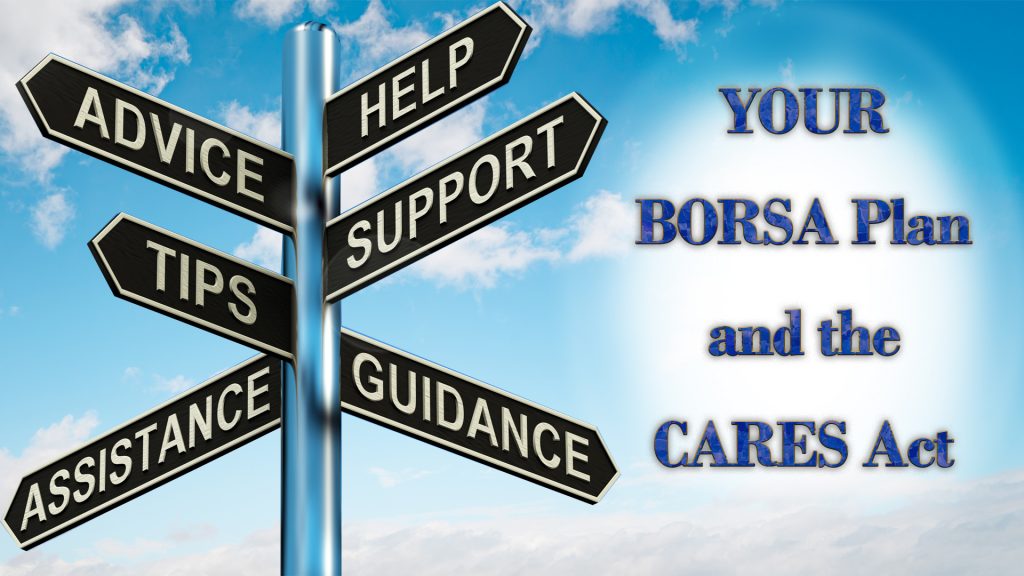
On March 27, 2020, the Coronavirus Aid, Relief, and Economic Security (CARES) Act was enacted to address the
financial difficulties that have resulted from the COVID‐19 pandemic. Included in this law were provisions that
provide special coronavirus related distributions (CRD) for qualifying plan participants. Below is a brief summary of the new CRDs available and new loan provisions to qualifying participants.
Coronavirus Related Distribution:
Qualifying participants can request a distribution of up to $100,000 from the retirement plan without incurring a
10% early distribution penalty. There is no age requirement and you can take coronavirus‐related distributions
whether actively employed or not. You can request the entire amount in a one lump sum, or multiple payments, but all must be taken by no later than December 30, 2020.
There is a federal tax withholding requirement of 10%, but you may choose to waive it completely or withhold a
different amount at the time of distribution. The amount of distribution is subject to federal tax, but you will be able to spread the taxes owed on the distribution over three years.
You may repay the entire amount distributed to you within three years. This opportunity allows you to repay
some or all of the distribution to any qualified plan or IRA that accepts rollovers as a way to minimize your income
tax liability. This is different than a loan in that there is no interest and no periodic payment requirement, and the
ability to repay does not require an election at the time of distribution. Repayment can be in a single lump sum or
via installments of different amounts at different times, but the repayment window only runs for three years from
the date you first receive the distribution.
It is important to emphasize that this new CRDs only apply to individual plan participants that meet certain requirements. If you should choose to utilize either of these provisions, you must certify that you meet one or more of the conditions listed below.
You have experienced adverse financial consequences as a result of:
• having been diagnosed with SARS‐CoV‐2 or COVID‐19 by a test approved by the Centers for Disease Control and
Prevention,
• a spouse or other dependent (as defined in section 152 of the internal revenue code) being diagnosed with
SARS‐CoV‐2 or COVID‐19 by a test approved by the Centers for Disease Control and Prevention,
• being quarantined,
• being furloughed,
• being laid off or having work hours reduced,
• being unable to work due to a lack of childcare,
• being an owner of a business who has had to close the business or reduce hours worked in the business due to
the COVID‐19 virus.
Increase of Maximum Loan Amount
Under current rules the maximum loan amount available is the lesser of 50% of vested account balance or $50,000
reduced by the highest outstanding loan amount in the previous 12 months. The new rule increases the maximum
loan amount to the lesser of 100% of vested account balance or $100,000 reduced by the highest outstanding loan
in the previous 12 months. This provision has been incorporated into our plan but will expire on September 23, 2020.
The loan must still meet all other requirements and limitations set forth under the plan.
Loan Payment Suspension
Qualifying participants who currently have loans outstanding or who take new loans can suspend their loan
payments for the remainder of 2020. It is important to know that interest will continue to accrue on any loan where
payments are suspended.
Re‐Amortization of Loans with a Final Payment Date that is Later than 12/31/2020:
If a loan is suspended under
this provision, the loan will be re‐amortized to include the accrued interest and extend the loan duration for 12
months beyond the original final loan payment date. This re‐amortization will result in a new loan payment amount.
Payments, using this new payment amount, will begin as of the first payment due date in 2021.
Example: Loan with an original first payment date of 3/15/2018 with a final payment date of 3/15/2021. Payment
is suspended as of 4/15/2020 for the remainder of 2020. New payment is calculated by including the accrued
interest for the period 4/15/2020 through 12/31/2020 and by extending the final payment date to 3/15/2022.
Payments resume on 1/15/2021, using the new payment amount.
Re‐Amortization of Loans with a Final Payment Date of prior to 12/31/2020:
If a loan is suspended under this
provision, the loan will be re‐amortized to include the accrued interest and extend the loan duration for 12 months
beyond the original final loan payment date. This re‐amortization will result in a new loan payment amount.
Payments, using this new payment amount, will begin 12 months after the date of the suspension.
Example: Loan with an original first payment date of 9/30/2017 with a final payment date of 9/30/2020. Payment
is suspended as of 4/15/2020 for the remainder of 2020. New payment is calculated by including the accrued
interest for the period 4/15/2020 through 3/31/2021 and by extending the final payment date to 9/30/2021.
Payments resume on 4/15/2021, using the new payment amount.
Please note that this document was prepared based on our best interpretation of the law. Additional guidance from regulators is likely. This guidance may result in the information presented in this document being inaccurate.
If we receive information that is conflicting with what we have stated here we will send that information to you and post it on our website www.drdacpa.com. In the interim, please call us if you have any questions or if we may be of any assistance.
- Published in Business Lending, ROBS 401(k), ROBS 401k Provider, Small Business
How to Use Retirement Funds, Tax and Penalty Free, to Purchase a Business
For most entrepreneurs, the most difficult part of starting a business is not coming up with an idea but financing the start-up. Over the past few years, many lenders have tightened their requirements for small business loans, leaving some would-be owners out in the cold. Another option is available, namely using your retirement funds to finance a business startup or providing the equity lenders need to make a loan.
In most instances using retirement funds will incur taxes and penalties, however there are three ways in which you can avoid both:
- Using a Roth IRA if you are over age 59 and the Roth IRA has been open at least five years
- 401(k) Loan Option
- Using a BORSA plan also known as Rollover on Business Startup Solution (ROBS)
Roth IRA
Taking a Roth IRA distribution may not be the most efficient way to fund a business, but it does have a potential advantage as it could help avoid taxes on the gain from the money used.
401(k) Loan Option
Some 401(k) plans allow you to borrow against your retirements account. This feature works well only if a small amount of money to start a business is required. Plans with this option allow participants to borrow the lesser of $50,000 or 50% of the vested value of your plan assets. The loan must be fully repaid within five years, via payments that are at least quarterly, at market interest rates.
ROBS
ROBS is the most flexible way to fund a fledgling business. To understand this structure you have to understand provisions of the Employee Retirement Income Security Act (ERISA) and the Internal Revenue Code (IRC). The plan should be approved by both the Department of Labor (DOL) and the Internal Revenue Service (IRS). This approval comes in the form of a Favorable Determination Letter from the IRS.
This method is a great way to fund a business, especially if more than $50,000 in a qualifying retirement account is available. If less than $50,000 is available, taking a loan against the investment may be a better option. ROBS may be used for business acquisition, working capital or as a down payment for additional financing. If you meet the criteria, it is usually the most cost-effective method, plus there is no requirement to repay the money especially in those early years of operation.
Setting up a ROBS involves rolling over a pre-tax IRA or 401(k) plan account into a new 401 (k) sponsored by a “C” Corporation. The rollover funds are then invested into the stock of the “C” Corporation. The account holder can then earn a reasonable salary as an employee of the business.
Starting or buying a new business is complicated. Using your retirement money to fund a business is a viable option but also adds a layer of complexity that you need to understand. Your best plan of action before you do anything is to consult with someone who understands the pros and cons of each of these options. DRDA, PLLC – CPAs has provided these services to thousands of entrepreneurs and we would be happy to discuss this option and help you determine what method works best for you. Contact us to learn more about BORSA (Business Owner’s Retirement Savings Account), our exclusive ROBS plan that allows investors to access their 401(k) funds tax and penalty free.
- Published in ROBS 401(k), ROBS 401k Provider, Starting a Business
How to Finance a Business with an SBA loan and Retirement Funds
Entrepreneurs seeking to finance a startup company often look to the Small Business Administration (SBA) for the funding they need to get their company up and running. One of the most beneficial ways to get the funds needed is to use a 401(k) financing, also called a Rollover on Business Startup (ROBS), in conjunction with an SBA loan. The ROBS process allows the borrower to leverage retirement funds without incurring any tax or penalties. SBA loans and ROBS have advantages as stand-alone instruments but when they work in conjunction with one another, they can provide even greater buying power and flexibility
Advantages of SBA Loans
The SBA generally does not make direct loans to entrepreneurs. Rather, it provides a guarantee to lenders for the money they loan to start the business. This guarantee protects lenders by promising to pay the loan if the business owner defaults. SBA loans are a popular form of financing because the interest rate is lower, typically 6% to 9% and offer longer repayment terms than other forms of financing. These loans do have qualification criteria starting with a required credit score of at least 680 along with a strong financial and industry experience history.
The SBA requires would-be business owners to have a minimum 10% down payment on all SBA loans, however, many lenders providing SBA loans may require a down payment of 20-30% of total startup coasts. For an average size loan, the down payment will be between $40,000 to $120,000.
How ROBS Helps to Secure an SBA Loan
ROBS allows entrepreneurs to use retirement funds to start or buy a business with money that has been invested in a 401(k), IRA or other qualified account as a down payment for an SBA loan without triggering any tax penalties. Using a ROBS account to fund your down payment also makes it easier to qualify for an SBA loan As long as you have at least $50,000 in a retirement account that can be rolled over in a ROBS account you may qualify for this type of funding.
When you combine a ROB account with an SBA loan, you’ll access capital from two different sources, thus reducing the amount needed from each. You’ll save money on interest and reduce your monthly payment. Securing a loan with ROBS can allow you to become debt-free sooner, putting you on the road to profitability.
Make ROBS Management Easy With Our BORSA Plan
Funding your business with a ROBS account requires several necessary steps, including the establishment of a “C” Corporation. Ongoing management is also necessary to ensure that you remain in compliance with all regulations (i.e. DOL, IRS, etc.). DRDA’s BORSA (Business Owner’s Retirement Savings Account), an exclusive ROBS plan that allows investors to access their 401(k) tax and penalty free will help set up your financing and perform the necessary ongoing work to make sure you remain in compliance with all ROBS requirements. Contact DRDA for more information and a consultation.
Contact us to learn more about BORSA (Business Owner’s Retirement Savings Account), our exclusive ROBS plan that allows investors to access their 401(k) tax and penalty free.
- Published in ROBS 401(k), ROBS 401k Provider, Starting a Business

